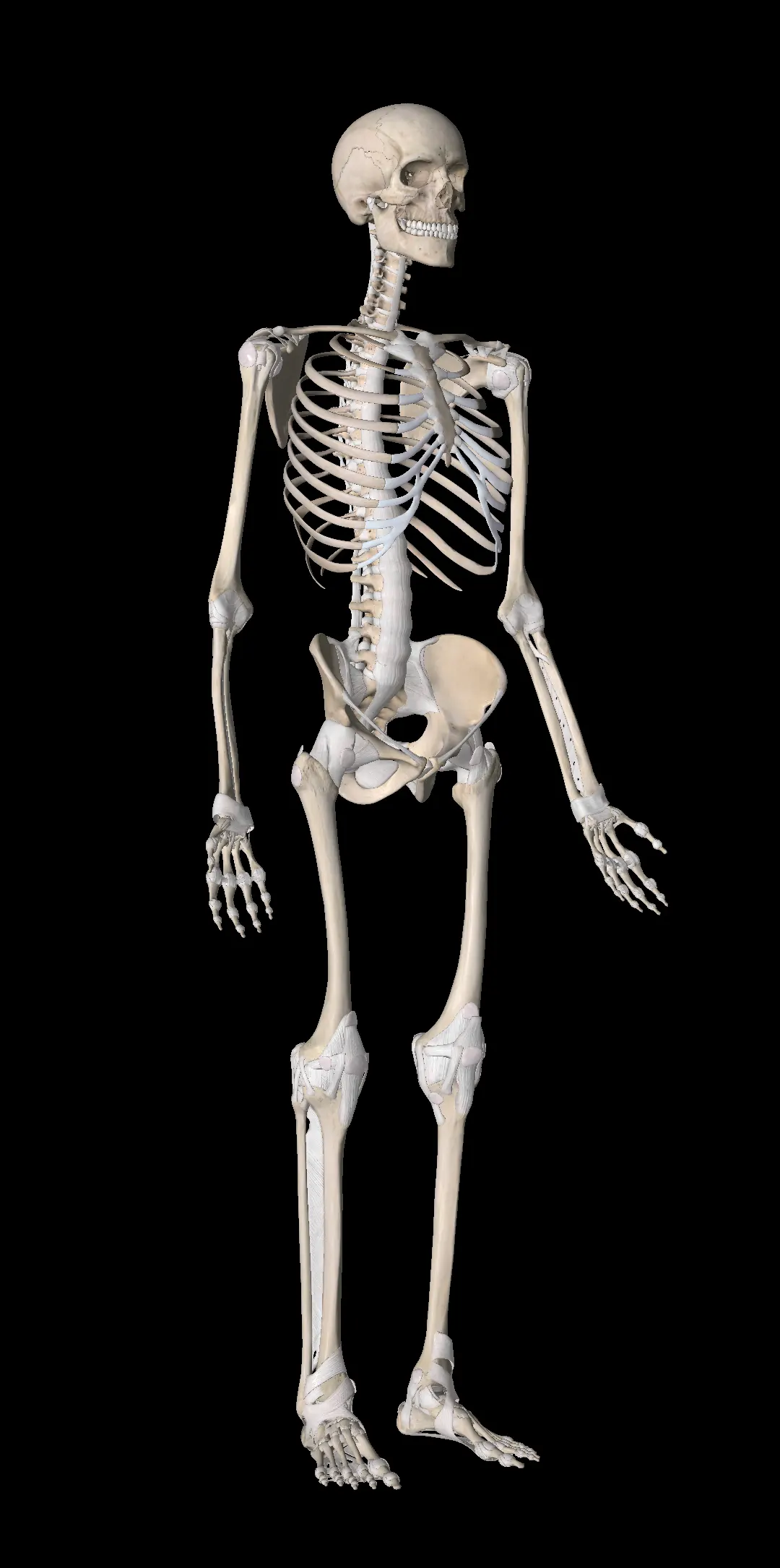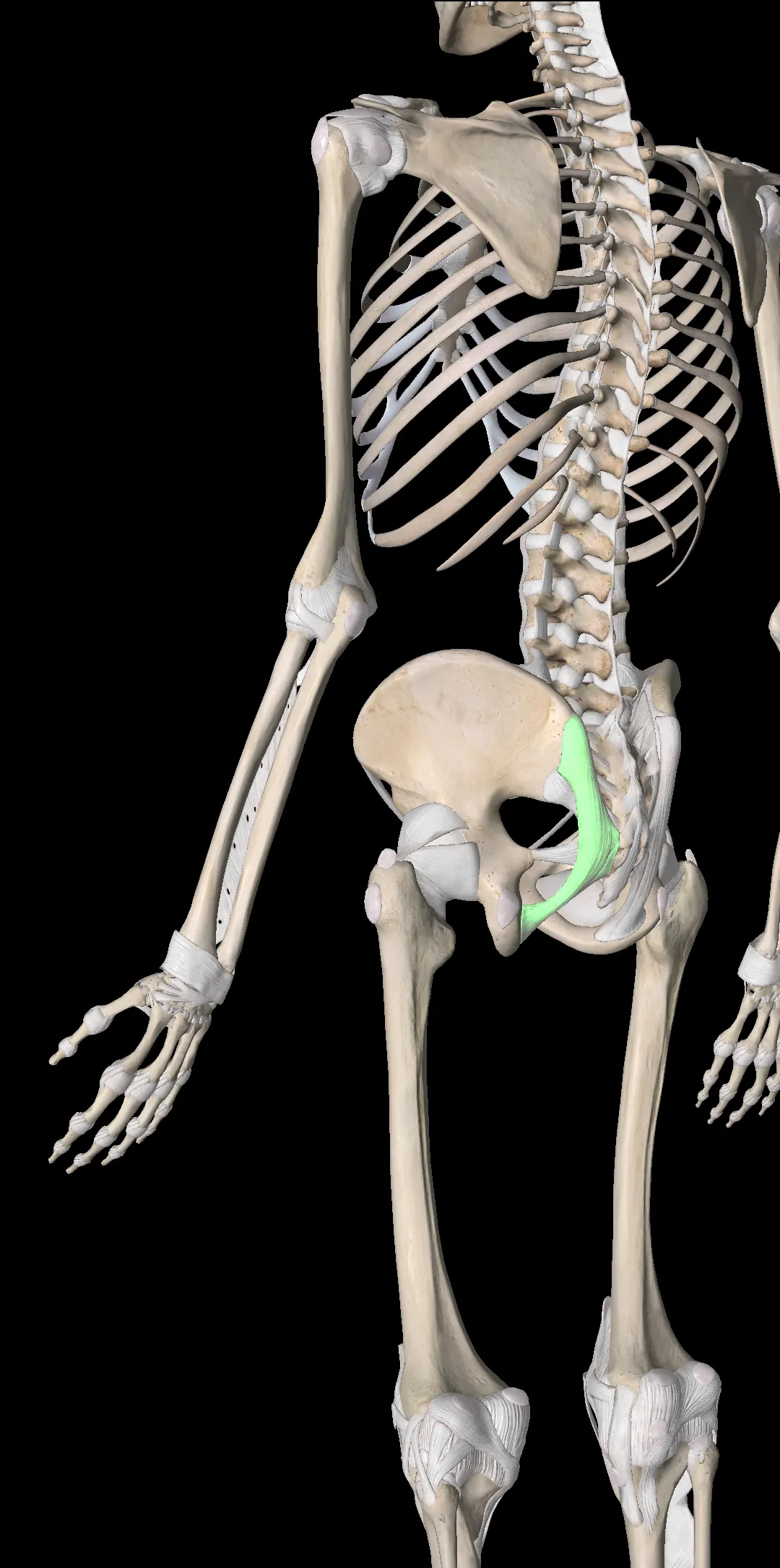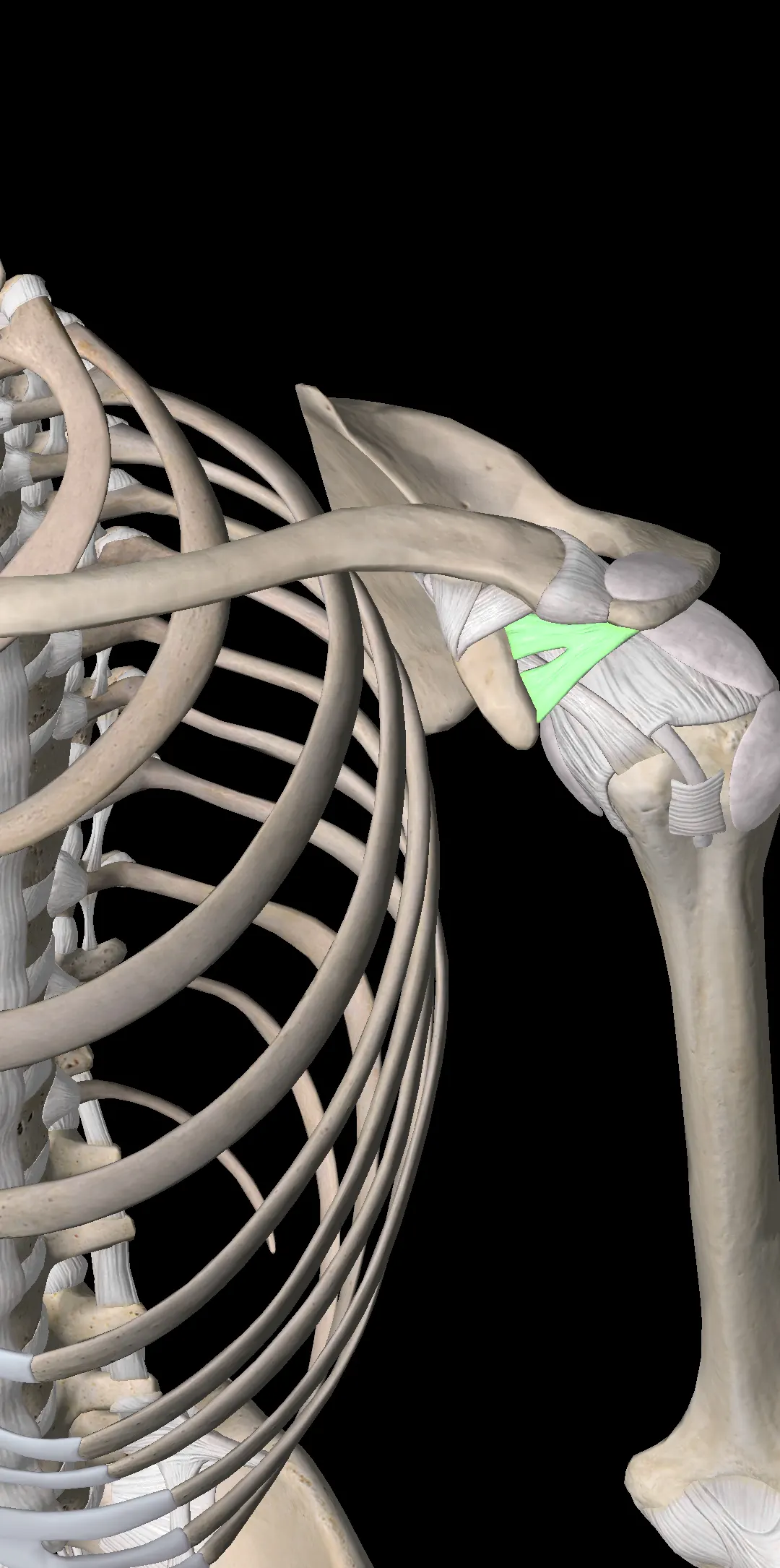Ligament Power

10/12/2021
By Maksem Manler
Ligaments contain an immense potential for power generation.
In the world of functional anatomy, ligaments seem to be one of those body parts that do not gain much attention. When you hear the word ligament it is usually in relation to some sports star who tore their ACL knee ligament in a football game. The skill of using ligaments to deliberately transfer mass is not part of any common practice - at least none that I'm aware of.
We will talk less about the structure of a ligament and look more at why they are the key to mass transfer. If you want an anatomical overview of ligaments you can visit this page here.
Simply put, ligaments connect bone to bone, whereas tendons connect muscle to bone. The difference is huge and something I have not seen discussed anywhere.

Let's first ask the question - "why are our muscles tense?"
Simply put, muscles tense because they are holding weight. Why are they unconsciously holding weight? Well it could be to prevent injury, to minimize pain or to stabilize the body. There could be any number of reasons why a muscle is contracting automatically. The point is, no matter what the reason is for a muscle to be undergoing automatic contraction, the result is the same - the contracting muscle is holding weight in a fixed position.
If we probe a little deeper and look at what is happening in the ligaments during muscle contraction, we will find that the viscoelastic properties of the ligament cause it to slowly contract, in turn pulling the bones closer together. This movement compresses the joint capsule and disrupts the weight transfer through the ligament. The ligaments should be under a natural stretch if the muscles and ligaments are relaxed.
The other aspect to ligaments which I have not seen discussed in any other field outside CST Wing Chun, is the ability to voluntarily relax a ligament. Ligaments have proprioceptive innervation which means they are connected to the Posterior Parietal Cortex (Nim Tao) and can be controlled with intent. Ligaments have a much slower response time than muscles as they do not contain muscle spindles or golgi tendon organs that react instantly to nervous impulse or pressure. In other words, it takes time for ligaments to release.
It is important to distinguish between ligament relaxation as separate to ligament laxity. A lax ligament, whilst loose, is not a good thing as it will cause muscles to tighten in order to prevent injury and the loss of ability to support weight.
Relaxation of the ligament will lead to naturally taut and healthy ligaments, which in return provide the potential for powerful weight transference.
Siu Nim Tao's slow but steady movements and joint rotations are incredibly beneficial for the ligaments in the way that Yogic stretching is beneficial for the ligaments.
The relationship between muscles and ligaments is also interesting. The activation of one usually results in the deactivation of the other. For example, when a muscle tightens, it causes nearby ligament laxity. And when a ligament relaxes and becomes taut, the nearby muscles deactivate as a group. Most of this activity is automatic and is facilitated by the spinal cord as a reflex.
Another idea that stems from this is the idea that ligaments should not hold weight but rather transfer weight. This comes from Chu Shong Tin stating that "one should not keep any force in the joints". Considering that the main structural component of a joint is the surrounding ligaments, the steady flow of thought regarding no use of force will eventually result in the release of weight from the joint, allow ligaments to stretch and bones to move slightly apart. This increase of internal space also contributes to decompressing veins, arteries, capillaries, muscle cells, and organ tissue, which creates more space for blood to circulate and improved nerve conductivity.
This stretching of the ligaments can be felt in the arms as a sense that they are getting longer. In the spine it is felt as though you are getting taller. Your hands and feet will feel bigger. The relaxation of ligaments is what Chu Shong Tin would call expanding the joints.
It would be safe to say that without ligament release or joint expansion, it is impossible to generate power in the Wing Chun way.

By Maksem Manler